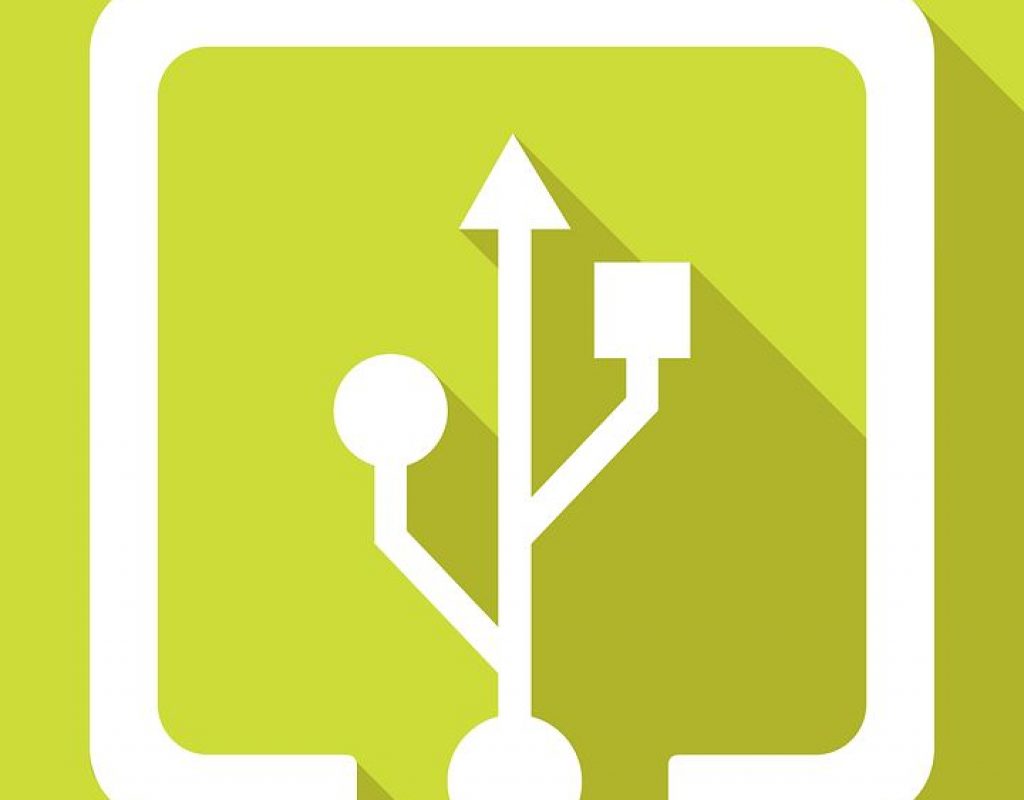Last week, the USB Implementers Forum (USB-IF), the governing body for all things connected via USB, announced a number of mind-numbing changes to the USB3 naming protocols. Basically, they’re changing the naming convention used for every current version of USB you might want to use, re-ordering the version and generational metrics into something incredibly unreliable. Most IT savants I know are at a loss when trying to figure out why the USB-IF would change the connections name after a mere 2 years.
Let me try to clear this up, if I can do it without cursing and screaming the entire time. Also, keep in mind that I’m waiting for the specifications to be released publicly:
- 1st Gen USB 3.0 is now called USB 3.2 Gen1 and still transfers data at only 5Gbps
- USB 3.1 drops it’s street name of USB 3.1 Gen1 and is now using 3.2 Gen1 as it’s nom de plume while barely capable of transferring data at 10Gbps
- Lastly, USB 3.2 is now ghost writing as USB 3.2 Gen 2×2 with the same 2 lanes of 10Gbps bandwidth as before, giving the current variant not quite 20Gbps of combined throughput, but not the capability to share or bond the dual lane configuration and elucidating on why it now has the 2×2 moniker.
Monday, March 4th, the USB-IF announced USB4. While light on actual final specifications, USB4 on the surface has similar, if not the same, specs as Thunderbolt 3 did when it started shipping on PC’s in 2015. Intel announced in 2017 that it was going to allow other chip companies access to the Thunderbolt standard and with this USB4 announcement, Intel is finally making good on that promise.
On the surface USB4 and TB3 look, uh, kinda sorta, the same
As far as we know both the new USB4 and the older TB3 protocols support dual-4K displays or a single-5K display at frame rates up to 30p, deliver up to 100 W of power, and are expected to allow eGPU acceleration. It should have connectivity for HDR workflows by supporting HDMI 2.0x, along with 10gE connectivity and interconnectivity with all of those new and old flavors of USB.
From everything we have seen in the announcement, there do seem to be some real differences between Thunderbolt 3 and USB 4.
I want to remind everyone that the current Thunderbolt 3 specs allow bonding of the lanes for greater throughput. Does the new 2×2 designation indicate that there will be some limitation regarding bonding channels for data transfers? While the new USB4 is expected to support specifications to allow metadata, the current TB3 connection already utilizes the 10bit Display Port for its main display protocol, while current USB specs default to HDMI as its display protocol. The varying flavors of HDMI respond wildly between implementations and device awareness, where the cabling and connector issues can be more limiting than anything else in your edit bay.
This is an issue because USB is an open standard, thus allowing the individual manufacturers to voluntarily follow the implementation guidelines if they choose. While USB-IF has a device certification process, it too is completely voluntary, meaning few if any manufacturers would actually comply, creating a phalanx of products that may not survive even the most basic needs for your production.
Stop whining, everything is OK
The final release specs for USB4 are months away, and it has been predicted that it will be more than 2 years before the very first of these radical new USB4 products start to hit the market. In the meantime, all of your current Thunderbolt hardware and cabling is just fine. Your current Thunderbolt 3 drives and cables can handle anything and more that USB4 might be able to do when it arrives in 3 years. And it can do it today.
I also have concerns regarding the genesis of 2×2 naming; I think it is foretelling that the USB4 variant may not be able to sustain the bandwidth we already have achieved with TB3 workflows, and we have heard nothing on the daisy chaining of multiple devices inline, something that is wildly successful with Thunderbolt products. That capability is not within the currents USB specs for connectivity.
So in the near term, stick with Thunderbolt 3 for your storage and connectivity. It already does everything that the USB forum is promising to deliver years down the road. The only difference is that Thunderbolt 3 devices are already certified, available and on the market. That’s something getting lost in conversations about USB4 devices being delivered in quantity and affordably by, say, I don’t know…maybe 2025?
Thunderbolt 3 is here and it is working today. It’s USBc connection handles everything you might want or need for your desktop connectivity and you do not have to wait for a room full of competing companies to decide what your connectivity should be in the future. Of course, when they do, you’ll still have to wait even longer for an affordable product release for you to actually be able to use it.
I originally chose Thunderbolt for my desk technology a long time ago. It is still one of the best decisions I have ever made, as it allows me to work at the highest levels of the technology while the rest of the computer industry tries to catch up to the latest TB3 specifications that myself and many others adopted in 2015.

